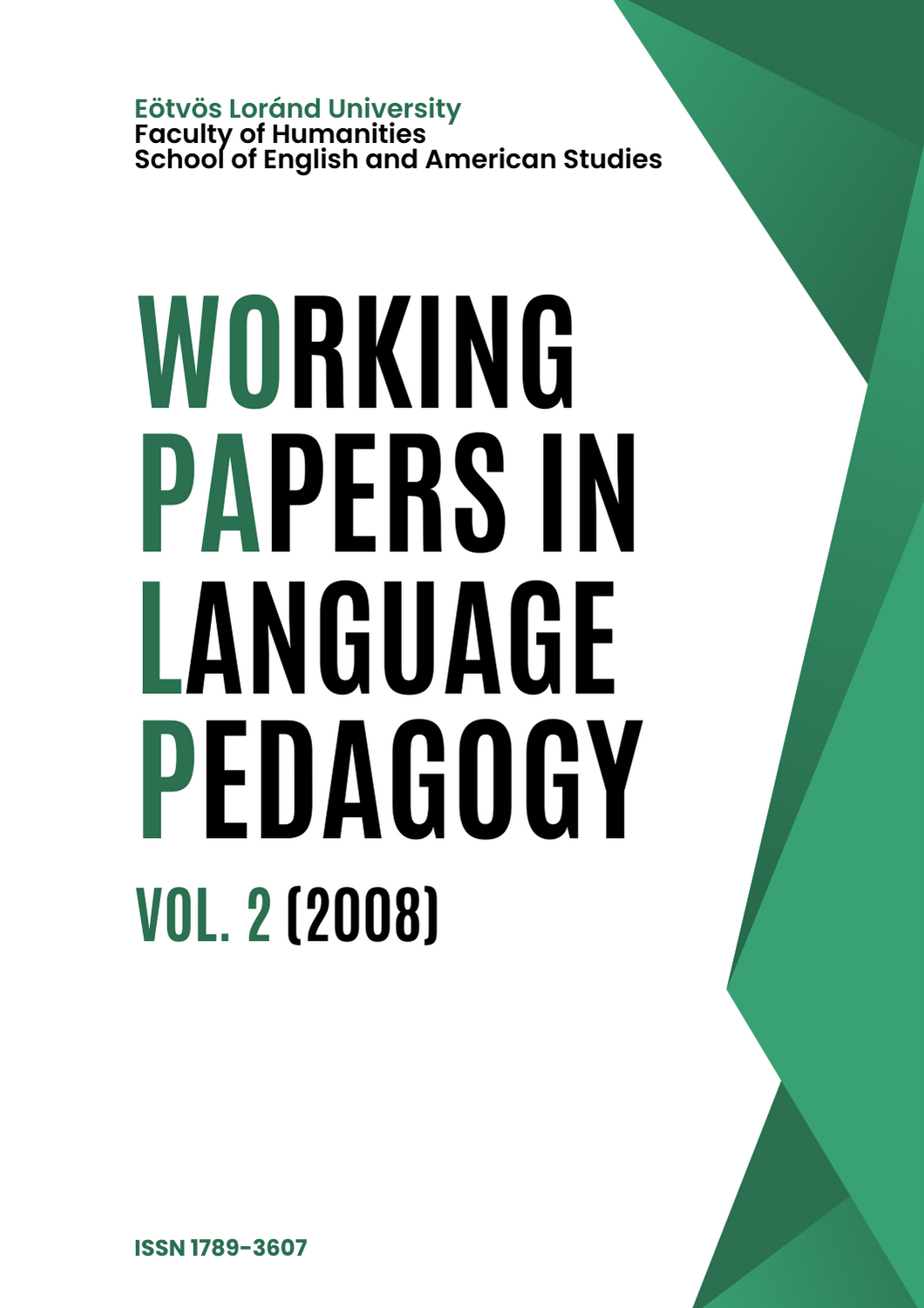The Curriculum Vitae and the Motivational Letter: A Rhetorical and Cultural Analysis
DOI:
https://doi.org/10.61425/wplp.2008.02.18.37Keywords:
discourse analysis, rhetorical structure, cultural dimensions, curriculum vitae, motivational letterAbstract
The paper reports on a study intended to tap into the characteristics of the Hungarian culture in an attempt to develop intercultural competence in the Hungarian English as a foreign language (EFL) context. It focuses on exploring two related genres, the curriculum vitae (CV) and the motivational letter (ML) in terms of their rhetorical structure with the hope of gaining insight into the cultural differences of English and Hungarian writing patterns (Hinds, 1987; Kaplan, 1987). The paper first proposes a theory-based analytical model for the rhetorical analysis of CVs. Then, in an empirical pilot study, it tests the applicability of the model for the analysis of CVs written by Hungarian learners of English in order to describe the rhetorical structure of the texts. In addition, it depicts the rhetorical structure of the motivational letters attached to the CVs applying Bhatia’s (1993) analytical model. The study also examines whether there are cultural characteristics of the parent culture manifested in the EFL texts on the basis of cultural value orientation studies (Hall 1973; Hofstede, 1991; Trompenaars & Hampden-Turner 1996). Based on the analysis of a small corpus of CVs and MLs written by Hungarian learners of EFL and a questionnaire filled in by the learners on their experience of CV and ML writing, the present exploratory study intends to increase the marketability of school-leavers by (1) generating hypotheses regarding the CV and ML writing practices of Hungarian students of EFL for further research; (2) investigating if the differences between the native and the target language writing patterns are represented in the corpus; and (3) indicating the pedagogical implications of the need to raise EFL students’ and teachers’ awareness of the two genres’ cultural differences.




